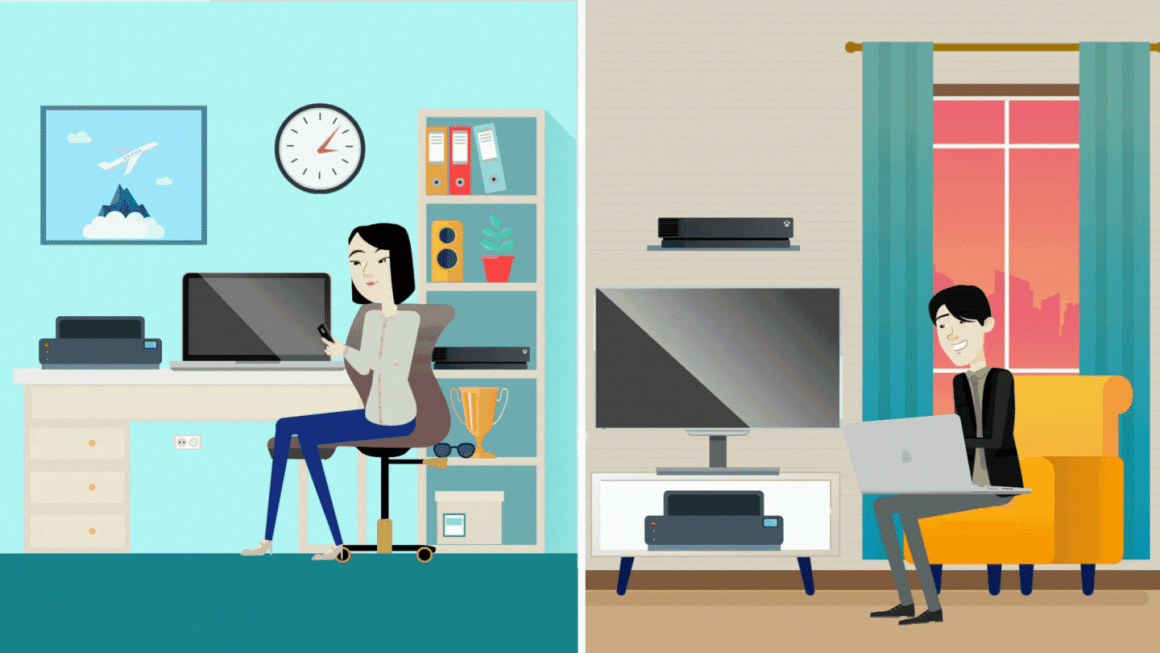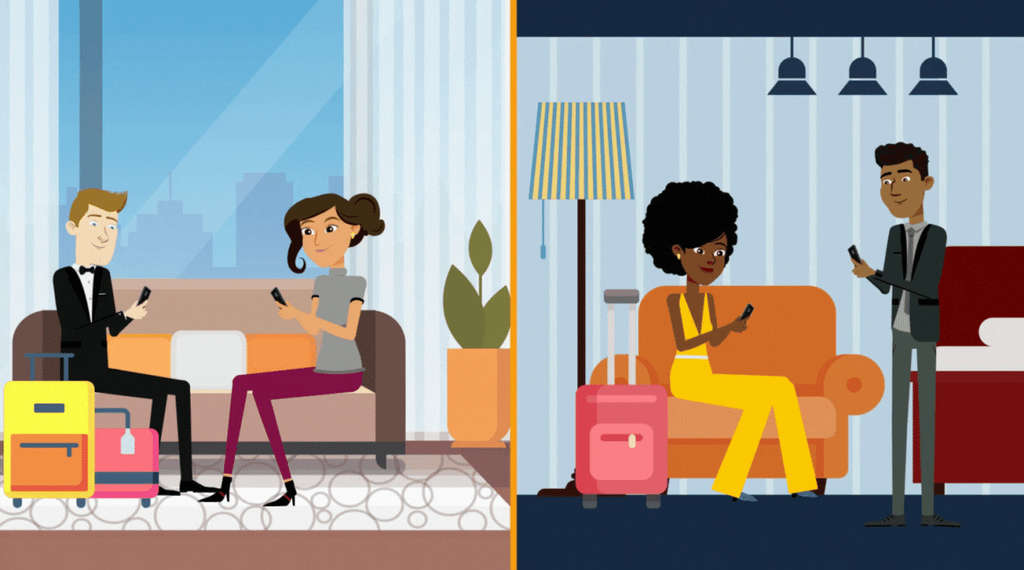Reflections on The Present and Future of Hotel Connectivity

If you were a traveler before the 2000s, you will remember relying on printed itineraries for everything, having to make your way down to a hotel business center to research activities in your destination or to reply to work emails, and maybe even renting a paid movie from the library’s TV on an evening when nothing interesting was airing on any channels.
You may also remember what a relief it was when hotels started having cabled broadband access and you could conveniently work or do research on your laptop in the comfort of your own room. And what a delight it was when smartphones and tablets became available and allowed you to connect wirelessly, first for a fee, and then with unlimited connection anywhere you went in the hotel – if you were lucky enough to be staying at one where they kept up with the times, that is.
When thinking about a hotel’s connectivity needs, especially guest Wi-Fi, it is essential to put yourself in the shoes of the guest. The average modern guest is likely to bring three devices to your property, all of which have the latest and greatest technology. Therefore the onus is on us as hoteliers to provide the infrastructure that allows them to stay connected.

Most hoteliers have now come to understand that the days of paid internet access, with daily charges for what can only be described as extremely basic speeds and unstable connection, are now over. We are equally far past the days when all a hotel had to worry about was providing a computer with a stable connection at a business center. Fast speeds, reliable connections, ubiquitous access, and seamless transitions have gone from nice-to-haves or expensive ancillary services to non-negotiables. So has uncontended symmetrical fiber broadband.
A guest should walk into a hotel and feel their experience is as seamless as being at home – that is the goal. Removing the friction in hotel connectivity, using systems guests are familiar with, and having technology that works behind the scenes is the way to meet a guest’s expectations.
However, the broadband connection into a building can only be as good as the Wi-Fi network that distributes this broadband to the many Wi-Fi-hungry devices the modern traveler carries with them. The irony of a Wi-Fi network is that it is far from wireless! It is made up of switches and Wi-Fi access points that are peppered throughout a hotel property, not only in bedrooms, but in all common areas, meeting rooms, event spaces, and so on. This requires proper design from wireless network experts, not the IT teams responsible for the daily management of laptops and servers.


Another aspect of guest room technology that has changed is the use of TVs. Previously, even the most advanced TV systems still had users navigating endless menus just to find the desired channel. Then other functionalities were added: radio stations, pay-per-view movies, and connecting our own devices to the TV, which required fumbling with cables and adaptors that may not even work in the end. Today, guests have access to all of these options, if not more, straight from their own devices with the advent of paid streaming providers such as Netflix and Amazon Video. And yet again, what they need from us is to facilitate seamless connection by enabling casting to the screen in the room as they BYOD, or Bring Your Own Device.
Hotel operators can’t be expected to keep up with the latest developments in Android and Apple devices, but they can ensure that their Wi-Fi network does. In 2018, a study predicted that by 2022, 82% of all internet traffic would be video, but that figure was reached in 2021, showing us the importance of future-proofing our networks.
As hoteliers, we aim to meet or exceed guests’ needs, and by taking another look at the parallel between guests’ homes and hotel stays we may just be able to detect a telling pattern. As we went from families gathering around the TV in the living room for a program, to the lonely times when each person watched their own device separately, and now gradually moving on to using casting capabilities onto the TV to bring back family togetherness, hoteliers have a roadmap to plan their Wi-Fi and connectivity offerings now and for the future.
View source
Recent Posts
- Why Uber isn’t buying Expedia, but I still think Amazon should
- Agent Diary: Isn’t it time travel was regulated with a proper qualification?
- TROO Hospitality announces arrival in Central London with iconic Corus Hyde Park hotel
- Premier Resorts & Management Opens Renaissance Hotel on Daytona Beach Oceanfront
- Record number of Jet2.com and Jet2holidays apprentices graduate






Recent Comments